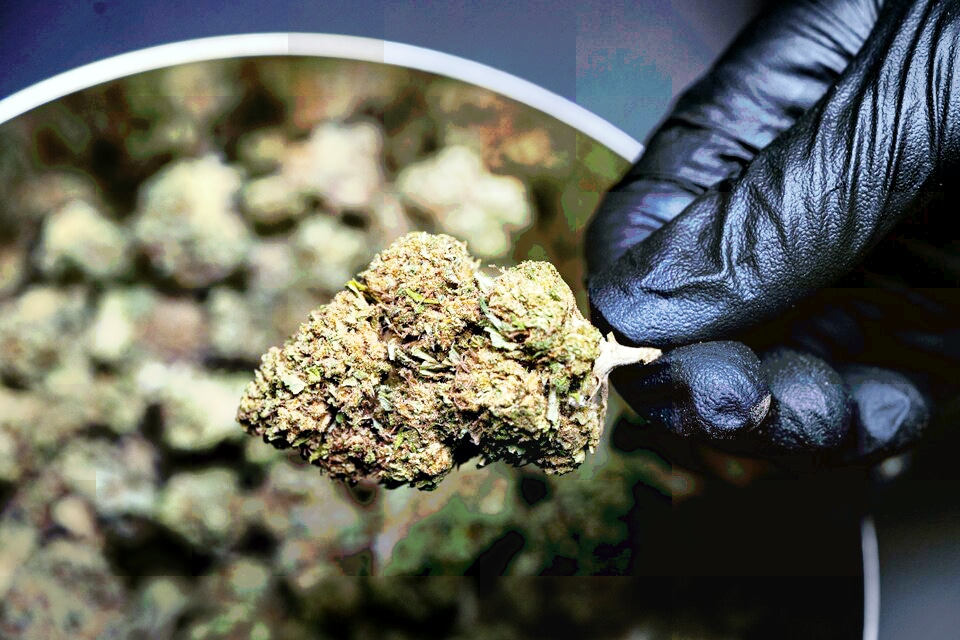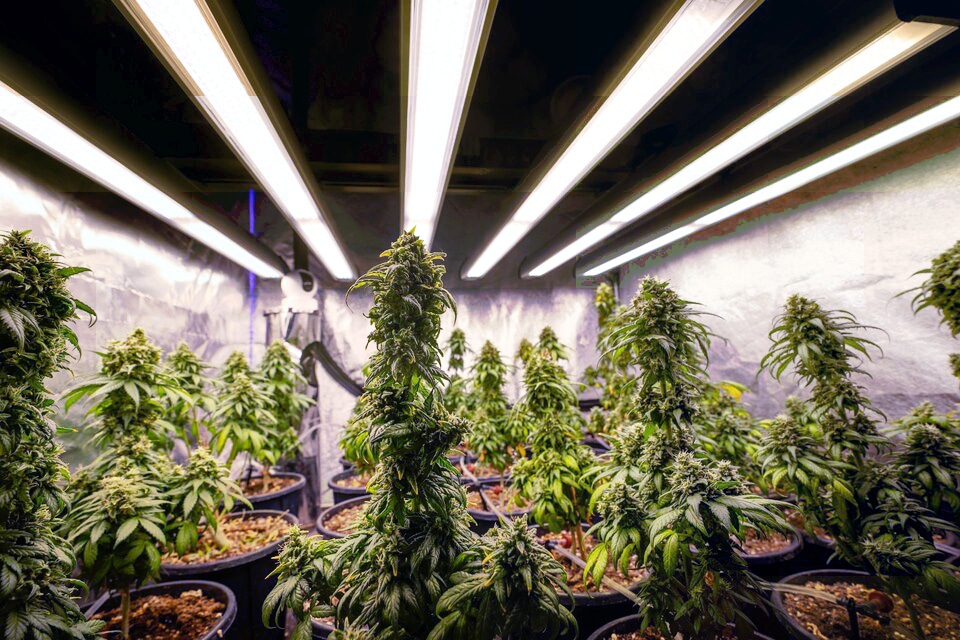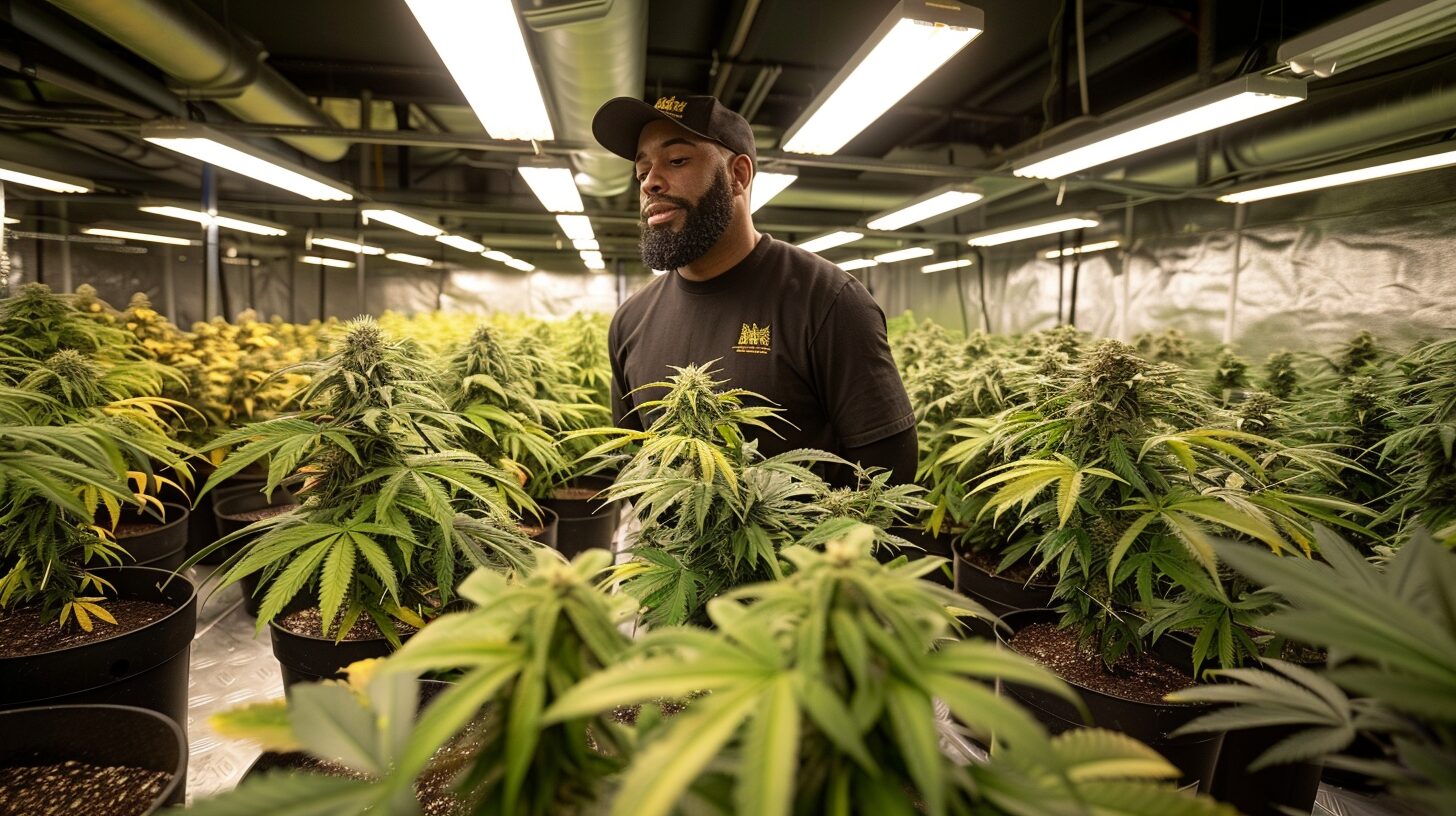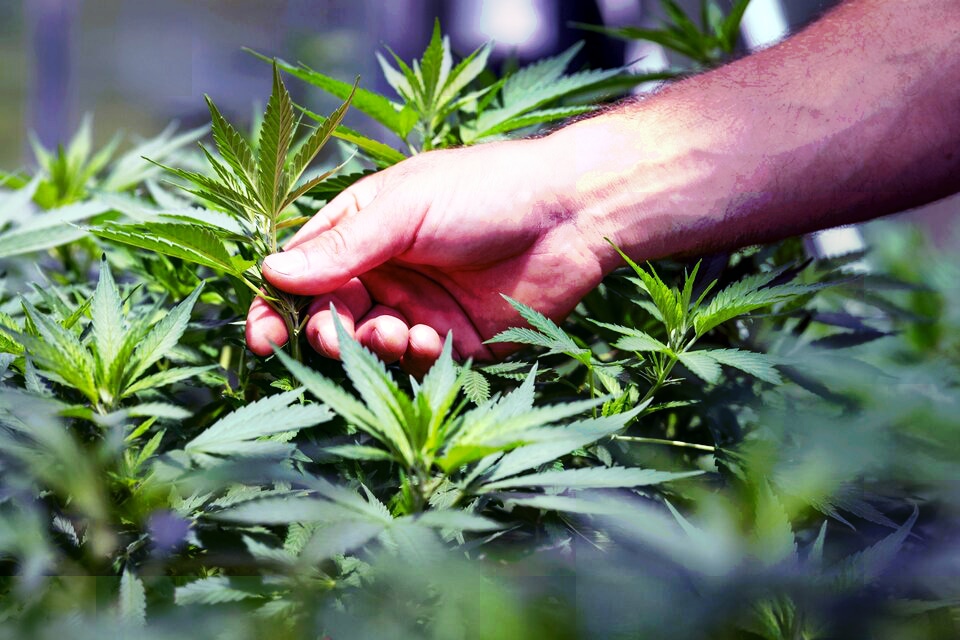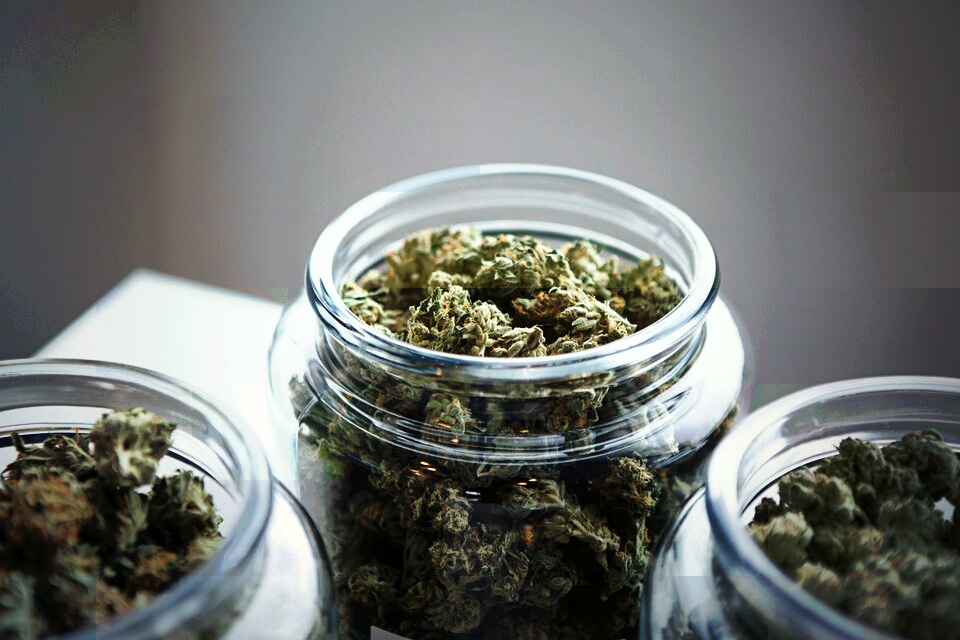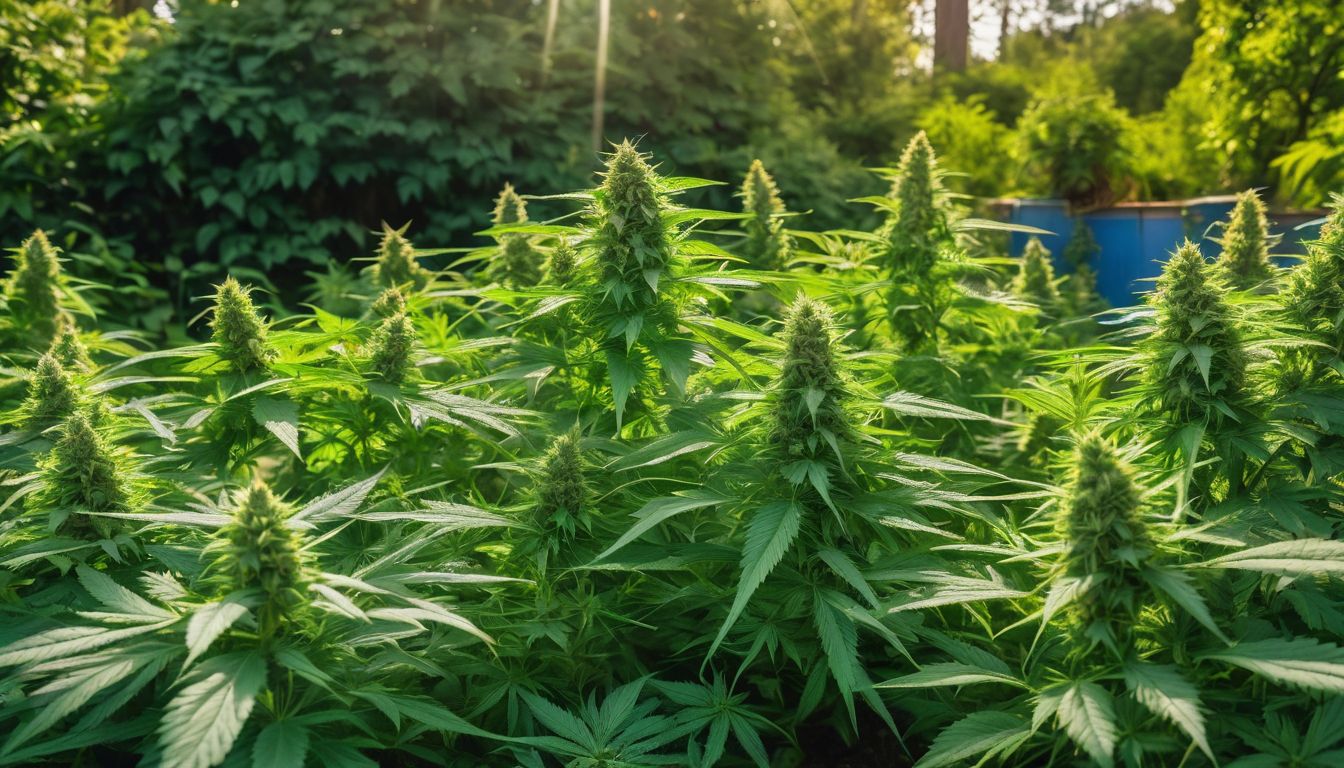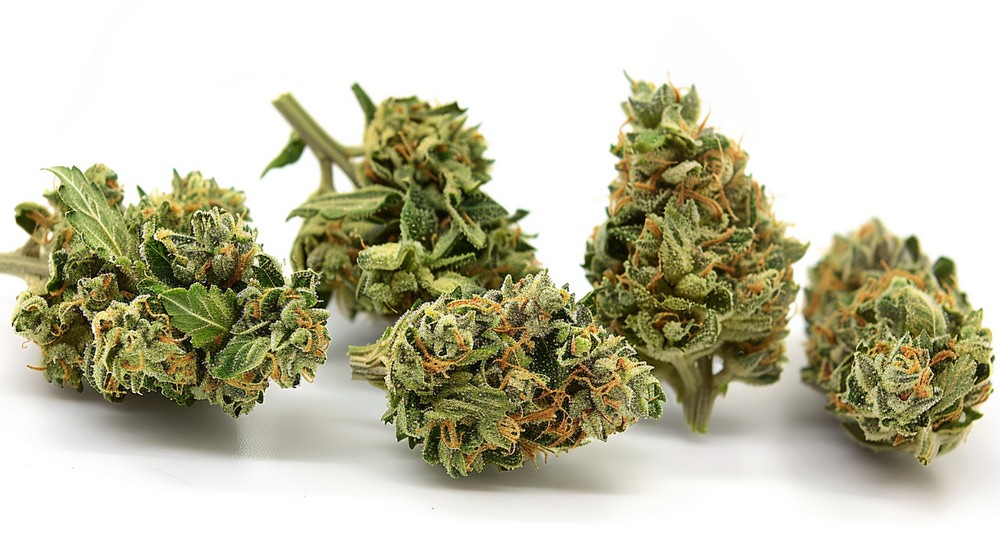Impacto do estresse ambiental no cultivo de cannabis

Did you know that your marijuana plants could be literally feeling the heat? An important fact: environmental stress can play a crucial role in the production and quality of cannabis.
In this article, we’ll take you through the impact that cultivating this plant has on our environment and how the environment, in turn, affects your green friends. Get ready for a fascinating journey that could change your way of growing!
Key Takeaways
- The marijuana cultivation can use a lot of water and energy, and release CO2 and other gases that heat up the planet.
- Stress like too much light, heat, or pruning can change the amount of CBD and THC that marijuana plants produce.
- Taking good care of the soil and giving the plants the right space helps prevent environmental damage and improves plant health.
Environmental Impact of Marijuana Cultivation
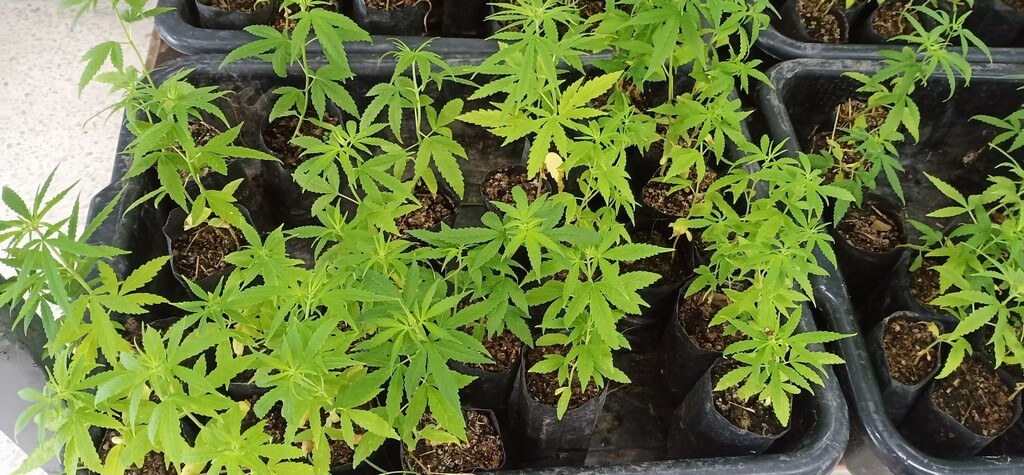
Growing the “sweet herb” isn’t so sweet for the planet, did you know? In the blink of an eye, cannabis farms can suck up water, dirty the air, and even gobble up energy like there’s no tomorrow.
Let’s take a look at how our favorite plants can leave a not-so-green botanical footprint in this little world.
Water Demand and Pollution
Growing marijuana takes a lot of water, did you know? For the plants to be happy and healthy, they need constant watering. But it’s not just the water that’s used that matters. The truth is, we also have to think about what we put in the water.
For example, fertilizers and pesticides get mixed into it and can end up in rivers and lakes.
The pollution doesn’t just affect the fish and plants that live in the water; it can also harm people. And there’s another detail: indoor marijuana farms also use a ton of water! It seems this green business isn’t so “green” after all.
Indoor and Outdoor Air Quality
Moving from water to another vital resource, let’s talk about the air we breathe. Marijuana cultivation indoors affects the air a lot. Growers use a lot of carbon dioxide to make the plants grow faster.
This releases more CO2 into the air. In enclosed spaces, this isn’t good because the air needs to be clean for our homes and offices.
Outdoors, there are problems too. Marijuana farms release compounds into the air that can be bad for the environment. For example, planet-warming gases come out of these places.
So, growing marijuana indoors and outdoors can dirty up the air we all share.
Energy Demand and Carbon Footprint
Growing marijuana indoors in houses uses a lot of light, heat, and air conditioning. This needs a lot of electricity and creates a lot of CO2. Imagine that for every kilo of marijuana, as much energy is used as driving thousands of kilometers in a car.
That’s a lot, right?.
Scientists say this plant could help take CO2 out of the air. But if we grow a lot of marijuana, it could be worse for the planet than coal mines. We need to find ways to use less energy if we want to take care of the earth.
Soil Erosion and Contamination
Speaking of energy, we can’t forget about the soil. Marijuana plants need healthy soil, but their cultivation sometimes damages it. When preparing land for planting, trees are removed and this can lead to deforestation.
Without trees, the soil isn’t strong and can be carried away by water and wind. This is called erosion. Additionally, the soil can suffer when adding things that aren’t good for it, like heavy metals.
Many places where marijuana grows used to be forests. But to plant, roads are needed and sometimes the water has to be diverted from its natural course. These actions change how a place looks and how it functions.
The water that was for rivers or lakes goes to the plants and this affects the animals and other plants that lived there. It’s important to take care of the soil when we cultivate marijuana to protect our green and living world.
Environmental Stress in Cannabis Plants
Marijuana plants, like any diva of the plant kingdom, feel even the slightest change in their environment; and believe me, when they’re stressed, they show it! (but that’s not all, keep reading to find out how cultivation affects the planet and those fickle cannabinoids).
😉🌿✨.
Light Stress: Disruption of the Dark Cycle
Marijuana needs darkness to grow well. If it has too much light all the time, it gets stressed. This changes how it makes cannabinoids. The plant can get confused and not know when it should rest or be active.
For it to produce well, we have to imitate nature. We need to give it light and darkness at the right times. If we don’t do that, the plant may not have as much cannabidiol (CBD) or tetrahydrocannabinol (THC).
And that’s no good for anyone who wants a strong and healthy plant.
Humidity and Temperature Stress
After talking about light stress, we have to mention another challenge: humidity and temperature stress. This combination is critical for cannabis plants. Too much humidity can invite bad fungi, like mold.
This can damage the plants and ruin the harvest. Now, if it gets too hot, the plants can stop growing. Imagine you’re in a very hot room, you wouldn’t want to move around much either! Well, plants feel the same way.
Intense heat also changes how the plant makes important substances like cannabinoids. These are the ingredients that give marijuana its special effects. When the flowers aren’t fully mature yet and it’s very hot, the plant may not make these ingredients properly.
So, controlling humidity and temperature is very important to get a good marijuana harvest.
Pruning Stress
After talking about humidity and temperature, there’s another type of stress that affects marijuana plants: pruning stress. Some growers deliberately cut parts of the plants.
They believe this helps the plants grow stronger and with more branches. But you have to do it carefully. If you cut too much, the plant can suffer and not grow well.
Pruning can be good for the plant to have more flowers and nutrients. But, like anything, if done excessively, it’s not good. You need to find a balance so that the cannabis plants are happy and healthy.
Cutting a little here and there can give them more energy to bloom and create those special components, like THC and CBD, that many people look for in marijuana.
Stress in Cannabis Clones: Roots Not Developing
Cloning marijuana seems like magic, but be careful, clones can suffer a lot. If a clone’s roots don’t grow well, it’s a sign of stress. This can happen if they don’t have enough water or if the soil isn’t the best.
Clones need special care, like good light and the right temperature. If something fails, the little roots don’t feel like coming out and the plant can’t take what it needs from the soil.
Sometimes, the air is to blame. Too much wind or dry air can damage the little roots before they get strong. Without healthy roots, everything else goes wrong. The plant doesn’t grow and that affects the quality of what we harvest.
We need to be watchful so that the clones have everything they need and don’t have issues with their environment.
Extensions of Marijuana Plants
Marijuana plants sometimes need more space to grow well. When they stretch out too much, they can have several problems.
- The roots look for water and nutrients, but if there are too many plants together, they may not find enough. This causes the plants to compete with each other.
- If there isn’t enough air around the leaves and stems, the plants can get sick. Air helps prevent fungi and other diseases.
- Sometimes, growers use artificial lights to give the plants more energy. But if they’re too cramped, some parts don’t get light and don’t grow well.
- The branches need space to spread out. Without this space, they could collide with each other and get damaged.
- Having too many extensions can be bad for air quality both indoors and outdoors where marijuana is grown. Biogenic volatile organic compounds (BVOCs) are released that affect the air.
Adverse Weather Conditions for Outdoor Marijuana Plants
After talking about extensions, let’s look at the weather. Strong sun and extreme heat can do a lot of damage to outdoor marijuana plants. They need protection to survive and grow well.
Climate change brings surprises that aren’t good for them. Strong winds, heavy rains, or too much heat can stress them out a lot. Growers need to be ready for weather changes and protect their plants.
With care, marijuana plants can go through difficult times outdoors and still give a good harvest.
Overwatering and Underwatering in Marijuana Plants
Giving too much water to marijuana plants isn’t good, just like giving them too little. If you overwater, the roots can drown and the plants look sad, with drooping leaves.
But if you don’t give them enough water, they could turn yellow and look weak. There’s a perfect balance that helps the plants stay strong and healthy.
Not watering enough can actually be clever, you know? Sometimes, less water makes the plant think “Uh-oh! Not much water around here” and then it kicks into gear to produce more good stuff, like cannabinoids and resin.
But be careful, you have to do this cautiously to avoid stressing the plant too much. One study even says that water stress can increase cannabinoid production. Who knew!
Soil Problems in Marijuana Plants
Marijuana plants need healthy soil to grow well. But sometimes the soil isn’t good and the plants get stressed. This can happen if there’s too much salt, if the soil is too hard, or if it doesn’t have the nutrients the plants need.
The roots can have trouble finding water and food.
It’s important to check the soil before planting marijuana. If the soil isn’t good, it needs to be fixed. You can add fertilizer or other things to improve it. That way, the marijuana plants will be happier and able to grow strong and healthy.
And this is essential for us to have a good cannabis harvest.
Marijuana Cultivation Techniques and Their Environmental Impact (including link to “marijuana-growing-fimming”)
Growing marijuana affects our world. It uses a lot of water and can dirty the soil. When we cut the plant to make it grow more, this is called “fimming”. This trick causes the plant to have more branches.
But doing “fimming” can also stress the plant.
“Fimming” is just one example. There are many ways to grow marijuana. Some use a lot of light and energy. This releases gases into the air that change the climate. Also, marijuana plants can pick up bad metals from the soil.
This is important because these metals can damage the soil and our health.
Effects of Environmental Stress on Cannabinoid Profiles in CBD-Rich Hemp
When we talk about stress, it’s not just us humans who win the gold medal for suffering… the little plants do too! And environmental stress is like that giant wave that can change the face of our beloved CBD-rich hemp (here between us, also known as CBD).
So get ready to dive into how those climate shenanigans and other environmental tricks can work magic—or not—on the cannabinoid profiles of these green beauties.
Cannabinoid Accumulation Over Time Under Non-Stressful Conditions
Hemp plants, which are rich in cannabidiol, like to have a calm rhythm to grow. Without stress, they produce more substances called cannabinoids, like CBD, little by little.
This is good because the plant gets strong and has more of those compounds that people like. It’s like having a happy plant that keeps getting better at its job day by day.
Now, imagine the plant can take all its time to accumulate those cannabinoids without any problems. It’s in a perfect place where nothing bad happens. That’s every hemp plant’s dream! (And of course, for those who grow them too).
But anyway, sometimes things get tough and those same plants have to face difficult situations. This can really change what goes on inside them.
Effects of Stress Treatments on Cannabinoid Accumulation
Stress treatments can change how many cannabinoids a plant has. If a cannabis plant goes through stress, it might use more cannabinoids. Like CBD, which helps the plant feel less stressed.
This is something that plant experts have noticed.
THC can make a person feel strange if they take too much. But CBD can help prevent that. So, when plants go through stress and produce more CBD, that could be good for people who use marijuana.
Cannabinoid Profiles at Harvest
At harvest, the cannabinoid profiles show what each plant contains. For example, CBD is very special in marijuana and should be more than 1% in the dried flowers. But be careful, if the plants go through a lot of stress, that can change how much CBD or THC they’ll have in the end.
The experts say that calm and happy plants give more good cannabinoids like CBD and less of the ones we don’t want. That’s why taking care of the plants without causing too much stress is key to a top-quality harvest.
Now, let’s see how marijuana cultivation affects everything around it.
Conclusion
Growing marijuana is no joke; it really affects the planet. From using a lot of water to changing the air, we have to think about everything. Cannabis plants also suffer from the weather and growing methods.
It’s up to us to find ways to not damage the earth so much. Let’s remember, every plant and every action counts!
To learn more about how the fimming technique can influence environmentally sustainable cannabis cultivation, visit our detailed article here\.
Frequently Asked Questions
1. What is environmental stress in cannabis plants?
Environmental stress refers to the problems that cannabis plants like “Cannabis sativa L.” face from difficult things in the environment. This can be highly variable weather or things in the soil that aren’t good for the plants.
2. How do biogenic volatile organic compounds affect the environment?
The compounds called biogenic volatile organic compounds (BVOCs) are gases that marijuana plants release into the air. They can change the climate and affect the air we all breathe.
3. Do climate changes have anything to do with marijuana?
Of course! Climate change can make it harder for marijuana to grow well because it creates more stress like heat or lack of water. And at the same time, marijuana cultivation can also affect climate change.
4. What happens with cannabinoids like THC when marijuana plants are stressed?
When marijuana plants are stressed by bad things in the environment, they can produce more “tetrahydrocannabinol” or THC and other cannabinoids. But that’s not always good, because too much stress can cause the plant to not grow properly.

